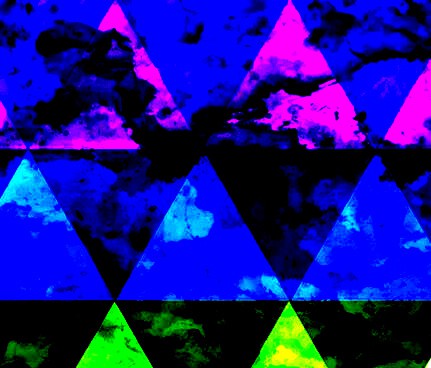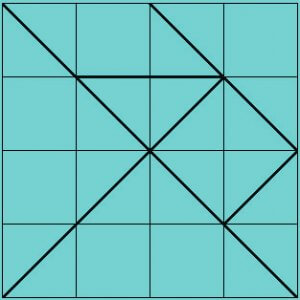How to Make and Use Math Manipulatives for Learning Geometry

This is my second post on math manipulatives. The previous post covered basic operations. In this article, I'm going to cover geometry.
Easy, Inexpensive Ideas for Making Math Manipulatives to Teach Shapes and Geometric Concepts
Tangrams
 These ancient Chinese puzzles help children to both visualize and analyze the spatial relationship of geometric shapes. They also help children use reasoning to solve problems.
These ancient Chinese puzzles help children to both visualize and analyze the spatial relationship of geometric shapes. They also help children use reasoning to solve problems.
Tangrams are very easy to make.
They are shapes that can be cut out of a square of paper, felt, cardboard, wood, or any other material you may have handy. The photograph above shows how to section a tangram. You can view pre-made tangrams on Amazon.
Once your pieces are cut, your child can experiment with them by creating their own designs and figures by placing the pieces in various arrangements. For exercises in logic, try to have the child figure out how to create pre-made tangram designs.
Geoboards
Geoboards are boards with nails sticking out of it so that you can hook yarn or rubber bands around it to make geometric designs. There are lots of great examples of geoboards on Amazon that you can use as models.
It is easy to make with only a square piece of wood and a box of nails. Use a ruler to first make a grid on the board of squares approximately ½ inch. Then, with a hammer, gently tap a nail into the spot where the lines for the squares intersect. Be careful not to tap the nails in too deep; you don't want them to go through the board, making it dangerous to hold. You also want enough sticking out so that you can hook things on them.
Use rubber bands (colorful ones make nice designs) to make geometric shapes children can name, or give them the board to make their own shapes. Combine several shapes to make "pictures" on your geoboard.
Shape Construction
One of the best ways to help a child conceptualize 3-dimensional shapes is to have them construct them with their own hands. Gather up some supplies for them to do this: straws, newspaper or packing paper, tape, and a ruler or yardstick. Have the child begin by building a square foot. Show them how to use the ruler to measure the pieces accurately. You can have them use the straws as a frame by taping them together, and leave it at that. Or, you can use newspaper or packing paper to create the sides of the square.
Give children a variety of different measurements for them to create new shapes of different sizes. See if they can figure out how to make a rectangle, cone, pyramid, or, if they're getting really good at it, a 3D hexagon.







Leave a Reply